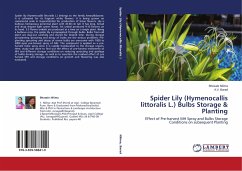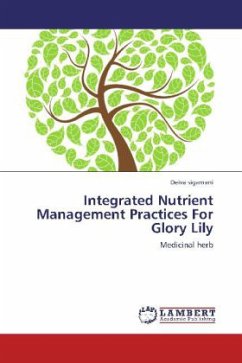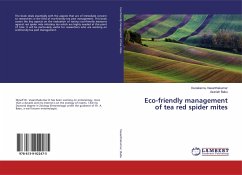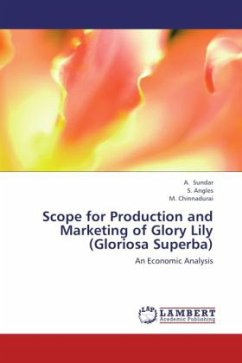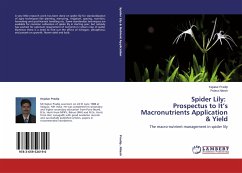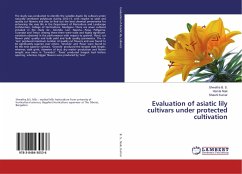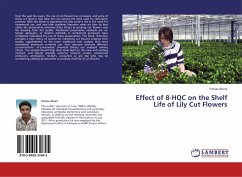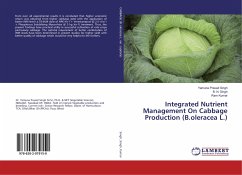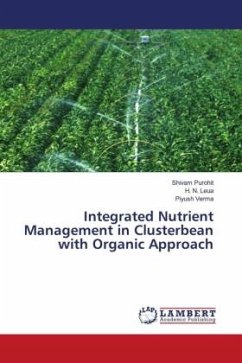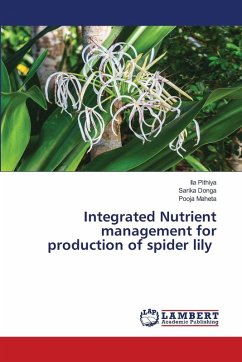
Integrated Nutrient management for production of spider lily
Versandkostenfrei!
Versandfertig in 6-10 Tagen
56,99 €
inkl. MwSt.

PAYBACK Punkte
28 °P sammeln!
In India spider lily, a bulbous ornamental plant is becoming popular and is cultivated for its white fragrant spidery shaped flowers. The spider lily (Hymenocallis littoralis L.) belongs to the Amaryllidaceae family, comprising about 40 species of bulbous plants and is native to Peru and South America. The use of organic manures along with the balanced use of chemical fertilizers is known to improve physico-chemical and biological properties of soil, besides improving the efficiency of applied nutrients. Biofertilizers may be biological nitrogen fixers, P-solubilising, mineralization of nitrog...
In India spider lily, a bulbous ornamental plant is becoming popular and is cultivated for its white fragrant spidery shaped flowers. The spider lily (Hymenocallis littoralis L.) belongs to the Amaryllidaceae family, comprising about 40 species of bulbous plants and is native to Peru and South America. The use of organic manures along with the balanced use of chemical fertilizers is known to improve physico-chemical and biological properties of soil, besides improving the efficiency of applied nutrients. Biofertilizers may be biological nitrogen fixers, P-solubilising, mineralization of nitrogen and transformation of several elements like sulphur and iron into available forms. These biofertilizers benefit agricultural production by supplying nutrients. Physico-chemical properties of panchgavya revealed that they possess almost all the major nutrients, micronutrients and growth hormones (IAA & GA) required for crop growth. Presence of naturally occurring, beneficial, effective microorganisms in panchgavya predominantly and lactic acid bacteria.



